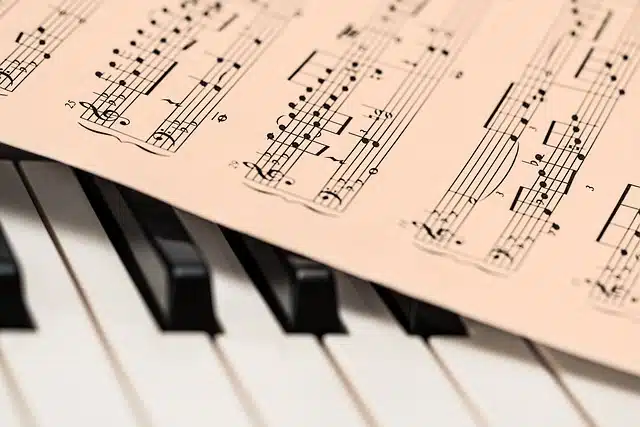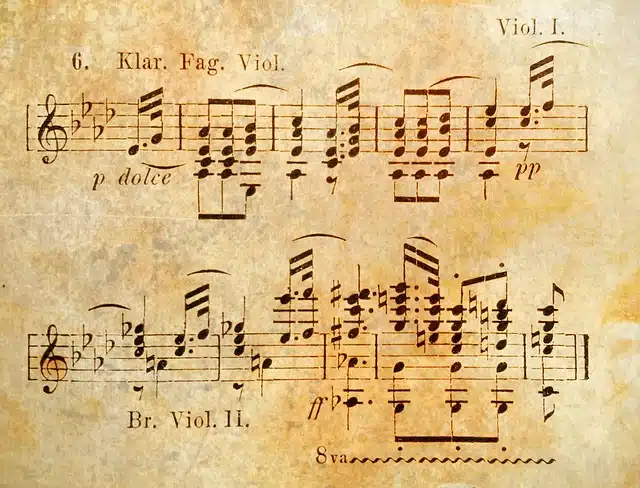
Musical accent is an emphasis on a note or chord.
Accent , which derives from the Latin accentus , is a concept with several uses: it can be the intensity applied to a certain syllable in pronunciation or the energy or relief used in certain words, topics or interests. Musical , on the other hand, is that which is linked to music (the combination of rhythm, harmony and melody).
The idea of musical accent , therefore, is related to the emphasis applied to a chord or note . The use of musical accent determines accentuation , one of the issues involved in the way compositions are expressed.
Musical accent is perceived in the ear as a particular application of energy , made possible by a way of interpreting a musical phrase. Said accent is specified in the notation through a sign that indicates to the performer the need to apply more intensity to said note, compared to the rest of the notes around it.
Importance of musical accent
The importance of musical accent is as great as that of any other element of a composition , including each note of the various melodies that comprise it, since if the performer ignores the accent then he cannot reproduce the work correctly. This is the key to articulating an execution: the accented notes stand out from the rest and allow a harmonious drawing to be generated in the ear; On the contrary, it could be said that without a musical accent, any melody would be a straight line.
When a musician prepares to learn a work to perform it with his instrument (this includes the voice), among the steps prior to the first performance is the identification of the rhythm , that is, the way in which the measures are organized; This information also contains the skeleton of the accentuation. In a two-quarter time signature, for example, we know that the first half should be played louder than the second; Of course, the subdivisions increase the complexity of the accentuation, since in each half there can be more than one note, irregular groups or rests.

The musical accent is linked to the rhythm.
Rhythm and rhythm
This responds in part to the concept of metric accent , one of the types of accent recognized in music theory. Thanks to this characteristic of the rhythmic organization, it is possible to specify the meter of the compositions, so that each person who reads the same score can execute it in the same way, saving decisions of an interpretive nature.
The accent must always fall on the first beat of a measure ; On the other hand, in many cases there is a subaccent that must be played at the beginning of each beat. This can be seen very easily in the quaternary time signature, that is, in those that are divided into four beats, such as four-quarter time. In this case, the third beat should be accentuated more than the second and fourth, but less than the first; In other words, and according to the great theorists, it is a semi-strong time.
tonic musical accent
The tonic accent , for its part, is an emphasis that is applied to a note so that those that surround it have more intensity . Unlike the metric accent, it is not linked to the basic structure of a composition, so it is not mandatory to use it; On the contrary, it is a performance resource, which may or may not be indicated by the composer in the original score. Without this type of musical accent it is very difficult to give life to a work, since it serves to break with the "perfection" to which the tonic accent leads and is ideal for fusing music and text.
It should be noted that the musical accent has its opposite: the anti-accent . In this case, common in percussion, the note must be played more softly than the others.
